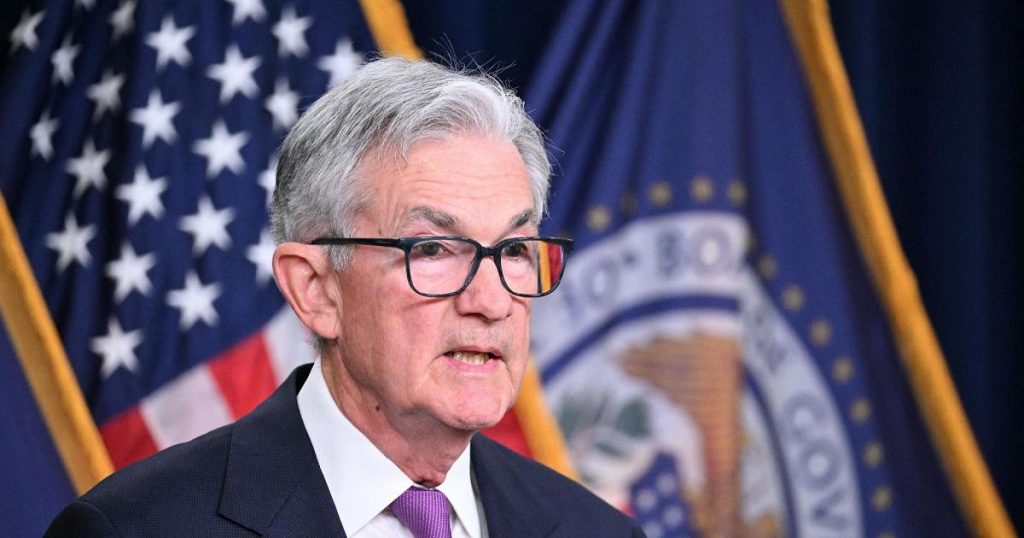The Federal Reserve kept interest rates steady but confirmed three cuts in 2024 for a total of 75 basis points. This news was well-received on Wall Street, as fears of a smaller-than-expected reduction in the cost of money this year were swept aside. The European Central Bank, on the other hand, is looking at June as the potential date for the first rate cut. Federal Reserve Chairman Jerome Powell stated that while the economy has made progress, inflation is still too high. Economic growth estimates have been revised upward, with GDP expected to grow at 2.1% this year, well above the previously forecasted 1.4%, with inflation at 2.4% and an unemployment rate of 4%.
Powell reiterated the Fed’s commitment to reaching the 2% inflation target, currently maintained by keeping interest rates unchanged. He stated that the labor market is in good shape and that long-term inflation expectations remain well-anchored. The Fed will continue to monitor economic data and make decisions on rate cuts on a meeting-by-meeting basis. The decision on when to cut rates will be made carefully to avoid political criticism, with July potentially being the date of the first monetary policy easing. Powell highlighted the risks of cutting rates too early, which could lead to increased inflation, or cutting them too late, which could harm the economy.
Looking ahead, the Fed has revised down the number of expected interest rate cuts for 2025, with rates projected to fall from 4.6% at the end of 2024 to 3.9%. Powell refrained from making long-term predictions, indicating uncertainty about whether rates will remain high in the long term. The ECB, on the other hand, may reduce the cost of money in June. ECB President Christine Lagarde stated that while inflation has slowed down, there is uncertainty about its persistence. If June data confirms the projected inflation, the ECB will be able to make monetary policy less restrictive, although continuous confirmation of inflation prospects will be necessary.
The improvement in consumer confidence in both the EU and the euro area in March could help the ECB in its decision-making process. Lagarde emphasized the need to continuously validate data supporting inflation prospects. Overall, both the Federal Reserve and the European Central Bank are closely monitoring economic indicators to determine the timing and extent of any future interest rate cuts. Both institutions are cautious about making hasty decisions that could have negative implications for the economy and are committed to maintaining price stability and supporting economic growth in their respective regions. The path forward will depend on a careful evaluation of economic data and the emerging trends in inflation and employment.


